Welcome to the 'Ultimate Guide to Sea Turtles'. On this page you’ll find sea turtle facts, pictures and information.
Use the menu below to find out the facts that you need, or scroll down to become a sea turtle expert!
The Ultimate Guide To Sea Turtles: Facts, Pictures & In-Depth Information
Page Index
- Sea Turtles Facts: Introduction
- What Is A Sea Turtle?
- Sea Turtle Family And Related Animals
- How Long Have Sea Turtles Been Around?
- Types Of Sea Turtle
- Where Do Sea Turtles Live?
- What Do Sea Turtles Eat?
- How Big Are Sea Turtles?
- How Long Do Sea Turtles Live?
- Sea Turtle Predators
- Sea Turtle Life Cycle
- Are Sea Turtles Endangered?
- Threats To Sea Turtles
- Sea Turtles Facts: Conclusion
- Love sea turtles? You can see a selection of awesome sea turtle gifts at our companion site, Wild Gateway
Free Sea Turtle Downloads For Use With This Page
Click on the image below for a FREE question sheet to use with this page. (Answers can be found here.)
Sea Turtles Facts: Introduction
There are seven species of sea turtle (click here to see them). Sea turtles are found in oceans all around the world, and are most abundant in tropical and subtropical waters.
On this page you’ll find out all about sea turtles, including: what type of animal a sea turtle is, the different types of sea turtle, and when sea turtles first appeared on Earth. (Hint: they’re very, very old!)
You’ll also learn about the sea turtle’s fascinating life cycle, which – for several species – means traveling many thousands of miles every year.
What Is A Sea Turtle?
A sea turtle is a marine reptile (i.e. a reptile that lives in the sea). It has a shell, and four limbs, which long ago evolved into flippers. A sea turtle swims by using its flippers to propel itself through the water.
Unlike land turtles, a sea turtle is unable to pull its head and flippers into its shell for protection.
A sea turtle needs to come to the surface to breathe air, but thanks to a number of adaptations can spend long periods of time under the water. Sea turtles spend most of their lives under the water.
A sea turtle is ectothermic (cold-blooded). An animal that is ectothermic has no internal means of controlling its body temperature.
(Unlike a warm-blooded (or endothermic) animal such as a mammal, a sea turtle can’t sweat when it gets too hot, or shiver when it gets too cold.)
Because a leatherback sea turtle is so large and so well-insulated, it can keep its body temperature at a level significantly higher that that of its environment. Some scientists therefore believe the leatherback to be endothermic.
A sea turtle is oviparous, which means that it lays eggs that hatch outside of the female’s body.
A sea turtle lays its eggs on land. The only time a female sea turtle comes ashore is when it lays its eggs. After hatching and making its way into the sea, a male sea turtle will never again return to the land.
Due to their marine existence, sea turtles take in a lot of salt water. The excess salt in their bodies is expelled as salty tears from special glands near their eyes.
Sea Turtle Shells
A sea turtle's shell has two main parts:
- The top part, which covers the sea turtle's back, is called the carapace.
- The bottom part, which covers the sea turtle's undersides, is called the plastron.
The hardened scales that make up a sea turtle's shell are called scutes.
Sea Turtle Family And Related Animals
There are two sea turtle families: Cheloniidae, which contains 6 of the 7 living species of sea turtle, and Dermochelyidae, of which the leatherback sea turtle is the only living member.
All 7 sea turtles are members of the superfamily Chelonioidea.
The sea turtles are members of the order Testudines. This group of reptiles contains all of the world’s tortoises, turtles and terrapins.
- If you’re confused by terms such as ‘family’, and ‘order’, then check out our page on Animal Classification, and all will become clear!
How Long Have Sea Turtles Been Around?
Sea turtles have been around for a long, long time. Shelled reptiles first appeared around about 220 million years ago, during the late Triassic Period of the Mesozoic era.
Marine turtles appeared in the late Jurassic period, but the animals from which today’s sea turtles are descended first appeared in the Cretaceous Period.
The earliest known ancestor of living sea turtles is Desmatochelys padillai. It appeared in the early Cretaceous period, over 120 million years ago.
That’s right, sea turtles have been around since the age of the dinosaurs! In fact, they appeared before late Cretaceous dinosaurs such as T. Rex!
- You can find out more about the periods of the Mesozoic Era here: Dinosaur Periods
Types Of Sea Turtle
As we’ve found, there are seven species of sea turtle divided between two families. Let’s meet them all …
Family Cheloniidae
Six of the seven living sea turtle species are in the family Cheloniidae. They can be identified by their hard shells.
Flatback Sea Turtle
- Scientific name: Natator depressus
- Conservation status: Data Deficient (i.e. not enough data has been collected to determine the conservation status of this species)
- You can find out more about this species here: Flatback Sea Turtle
Green Sea Turtle
- Scientific name: Chelonia mydas
- Conservation status: Endangered
The green sea turtle is one of the largest sea turtles. It has a layer of green fat underneath its shell, which gives the species its name. (The name doesn't come from the turtle's shell, which is usually dark brown.) Upon reaching adulthood, the green sea turtle becomes almost entirely herbivorous (i.e. it only eats plants).
- You can find out more about this species here: Green Sea Turtle
Hawksbill Sea Turtle
- Scientific name: Eretmochelys imbricata
- Conservation status: Critically Endangered
Hawksbill sea turtles have curved, ‘hawk-like’ beaks. Another distinctive feature of this species is the saw-like serrated edge of the rear of their shells. The hawksbill sea turtle is hunted for its shell, which is used to produce the decorative material known as ‘tortoiseshell’.
- You can find out more about this species here: Hawksbill Sea Turtle
Kemp's Ridley Sea Turtle
- Scientific name: Lepidochelys kempii
- Conservation status: Critically Endangered
Kemp’s Ridley turtles are the world’s rarest sea turtles and 50 years ago almost became extinct. During the nesting season, thousands of female Kemp’s ridley sea turtles emerge from the sea at the same time. This mass nesting behavior is known as an ‘arribada’.
- You can find out more about this species here: Kemp’s Ridley Sea Turtle
Loggerhead Sea Turtle
- Scientific name: Caretta caretta
- Conservation status: Vulnerable
Loggerhead sea turtles are found all around the world. They can be identified by their large heads and powerful jaw muscles. The loggerhead sea turtle competes with the green turtle for the title of ‘second largest sea turtle’. (The mighty leatherback sea turtle is the world’s largest sea turtle).
- You can find out more about this species here: Loggerhead Sea Turtle
Olive Ridley Sea Turtle
- Scientific name: Lepidochelys olivacea
- Conservation status: Vulnerable
Olive Ridley turtles are small sea turtles with olive-green shells. They are found in the Pacific and Indian Oceans. Despite being the most abundant species of sea turtle, the species’ conservation status is Vulnerable. Like the closely-related Kemp’s ridley sea turtle, the olive ridley also exhibits mass nesting behavior.
- You can find out more about this species here: Olive Ridley Sea Turtle
Family Dermochelyidae
Leatherback Sea Turtle
- Scientific name: Dermochelys coriacea
- Conservation status: Vulnerable
The leatherback sea turtle is the only living member of the family Dermochelyidae. It is the largest species of sea turtle, and the world’s fourth-largest reptile.
The leatherback’s shell is somewhat softer than those of the turtles in the family Cheloniidae, and has a tough, leathery texture.
- You can find out more about this species here: Leatherback Sea Turtle
Where Do Sea Turtles Live?
Sea turtles are present all around the world. They are most abundant in tropical and subtropical waters, and generally avoid Polar Regions.
Sea turtles nest on tropical and subtropical beaches. Several species of sea turtle travel hundreds of miles each year as they make their way between their feeding grounds and their nesting sites.
The leatherback sea turtle travels the furthest of all sea turtles; one individual was found to travel 20,000 km (12,000 mi) over a period of almost 2 years.
What Do Sea Turtles Eat?
Most species of sea turtle are omnivorous, eating a variety of plant and animal matter. Their diet consists of seagrasses, seaweed, sponges, mollusks, jellyfish and other marine organisms.
The turtle’s dietary preference differs from species to species; the leatherback sea turtle mainly eats jellyfish, whereas the hawksbill feeds mainly on sponges. The green sea turtle is the only sea turtle to be almost entirely herbivorous; in its adulthood it feeds on seagrasses and algae.
How Big Are Sea Turtles?
Sea turtles are relatively large animals. The largest sea turtle is the leatherback, whose carapace (shell) is around 1.75 m (5.7 ft.) in length (this measurement includes the curve of the carapace).
The smallest sea turtle is the olive ridley sea turtle. This species reaches around 60 cm (2 ft.) in length.
Medium-sized sea turtles such as the hawksbill sea turtle are around 1 m (3 ft.) in length and weigh on average 80 kg (180 lb.).
How Long Do Sea Turtles Live?
Sea turtles are long-lived animals. It can take thirty years or more for some species to reach maturity. Little is known about the lifespans of sea turtles. Estimates range from around 50 years to over 100 years.
Sea Turtle Predators
Adult sea turtles are large and well-armored. They have few natural predators, with killer whales and large sharks such as great white sharks and tiger sharks posing the greatest threat.
For hatchling sea turtles, however, it is a different story. As they make their way into the sea, the young turtles are preyed on by a variety of species, including (depending on the location) ghost crabs, coyotes, dingoes, monitor lizards and numerous seabirds.
Sea Turtle Life Cycle
The life cycle of the sea turtle begins with the hatchlings breaking out of their eggs and pushing their way through the sand. The temperature of the nest determines the sex of the hatchlings; a lower temperature means that the hatchlings will be male.
Sea turtle eggs generally hatch at night. The young turtles instinctively make their way to the sea. They follow the reflected light of the moon and the stars flickering on the surface of the ocean.
Most hatchling sea turtles allow themselves to be carried out to the open ocean, where they spend the first few years of their lives drifting with the currents, sometimes living among mats of floating seaweed.
The still immature turtles then make their way closer to shore, where they continue to grow until reaching maturity. It is at this point that the migratory lifestyle begins, with the turtles moving seasonally between their feeding grounds and their breeding grounds.
Sea turtles make their way back to the areas in which they hatched. Several species return to the very beaches on which they hatched.
Mating takes place in the sea. The females then pull themselves out of the water with their large flippers and make their way slowly up the beach. Here they dig holes in the sand, into which they lay their eggs.
Depending on the species, a female sea turtle can lay between 50 and over 300 eggs at a time. Once finished, she covers the eggs with sand and makes her way back into the sea. She may repeat this process several times during the season. Neither parent plays any part in the upbringing of their young.
After hatching, male sea turtles spend the rest of their lives in the sea and never again return to the land. Female sea turtles only return to land in order to lay their eggs.
Are Sea Turtles Endangered?
Sadly, the sea turtles as a group are not faring well. Even the most abundant species, the olive ridley sea turtle, is rated vulnerable by the IUCN (International Union for Conservation of Nature).
Of the six species of sea turtle for which sufficient data has been collected, two are critically endangered, one is endangered and three are vulnerable. (See the types of sea turtle section, above, for the conservation status of each species.)
Threats to Sea Turtles
Sea turtles face several different threats. Despite being protected by a number of governments, sea turtles continue to be hunted by humans both for their meat and for their shells.
Habitat loss due to coastal development also affects sea turtle numbers. This can include nesting beaches being built over and other coastal developments. Light pollution is also a problem. Electric lights behind nesting beaches can confuse hatchlings, who instinctively make their way to the sea by following starlight reflected on the water.
Sea turtles often drown after becoming entangled in fishing nets.
Sea turtles are affected by pollution. The turtles often eat floating plastic, mistaking it for food. This can cause sickness and death.
Sea Turtles Facts: Conclusion
We hope that you have enjoyed finding out about sea turtles. These amazing marine reptiles have been swimming in the world’s oceans for far longer than we've been around. We need to do everything that we can to ensure their future wellbeing!
Remember, you can find more information on individual species of sea turtle by following the links below:
- Flatback Sea Turtle
- Green Sea Turtle
- Hawksbill Sea Turtle
- Kemp's Ridley Sea Turtle
- Loggerhead Sea Turtle
- Olive Ridley Sea Turtle
- Leatherback Sea Turtle
Discover interesting turtle species from all around the world: Types of Turtles – Pictures & Fun Facts
Find out more about turtles on this page: Is a Turtle a Reptile?
Discover many more amazing animals on our main A to Z page: A to Z Animals List with Pictures & Facts
Teachers / parents - if you found this page useful, please consider linking to it from your school or personal website so that others can benefit from it. (It really helps us too!) Thank you!

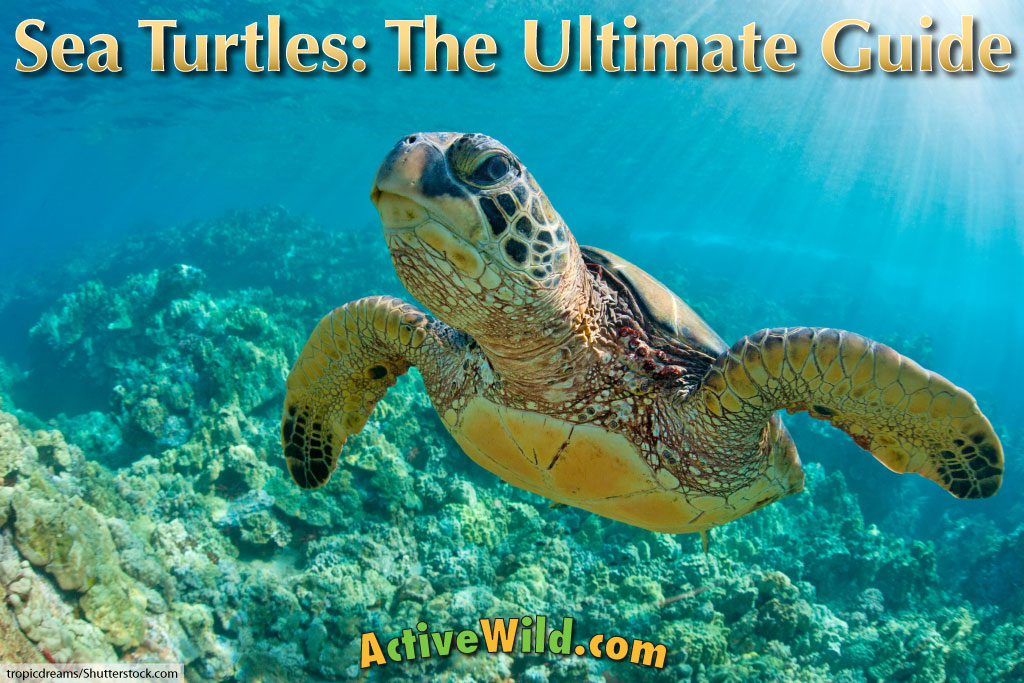
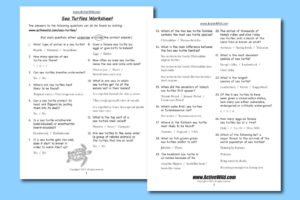
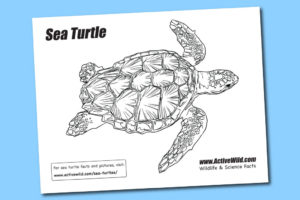

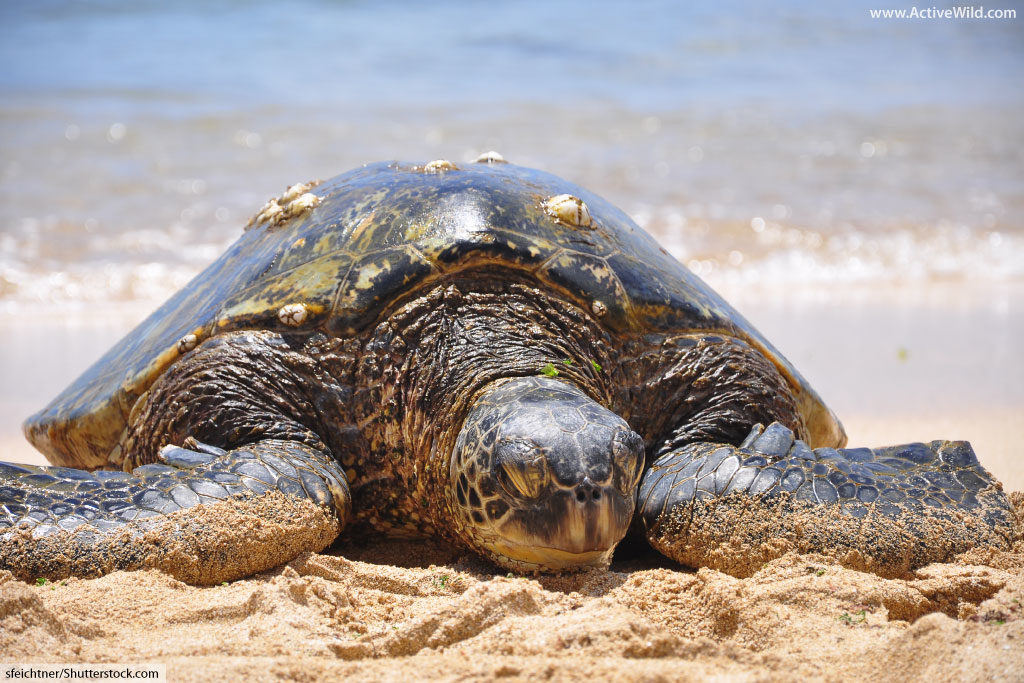
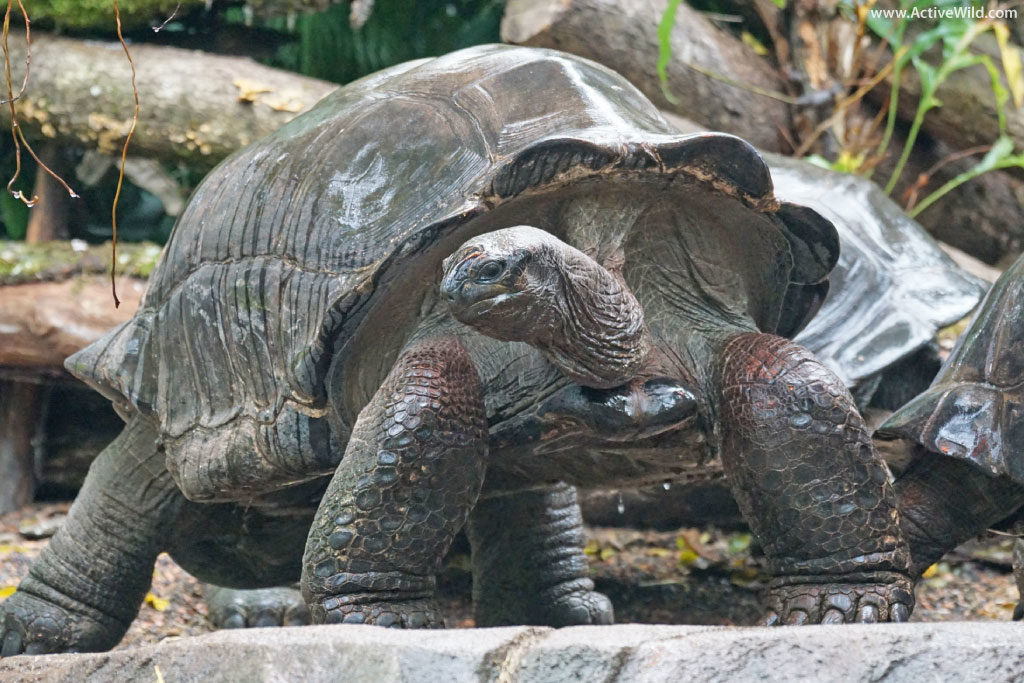

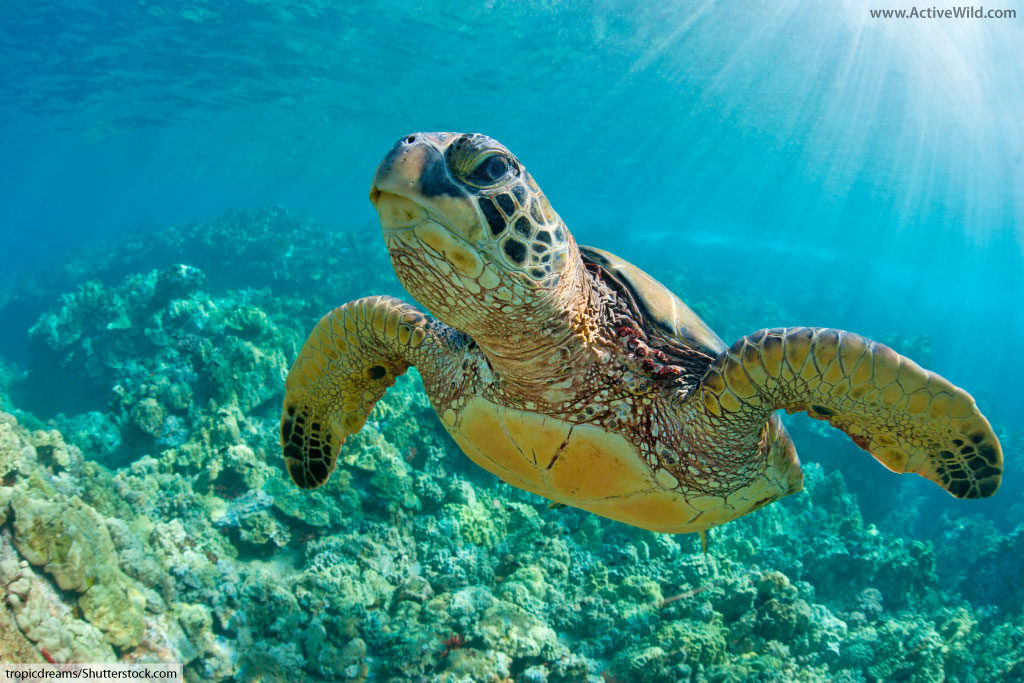
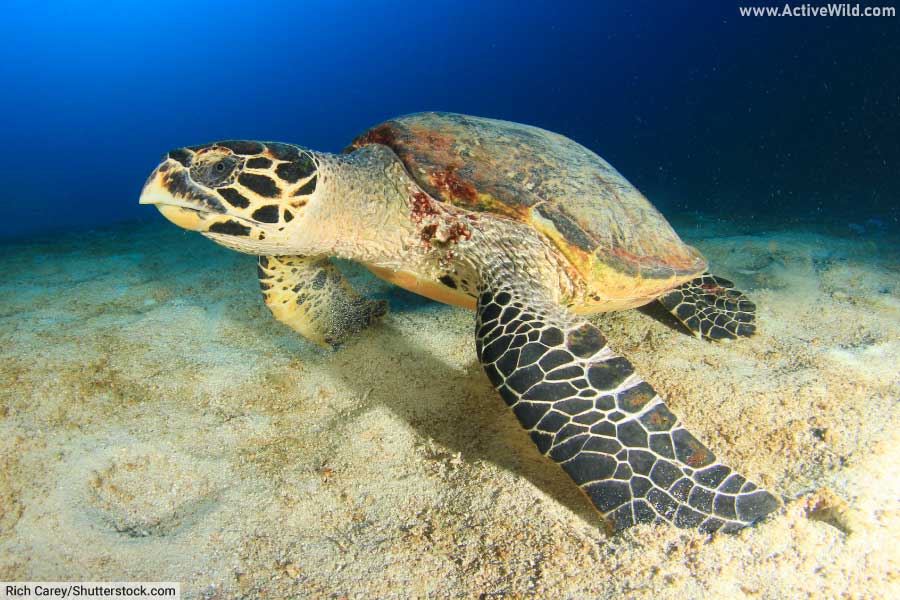

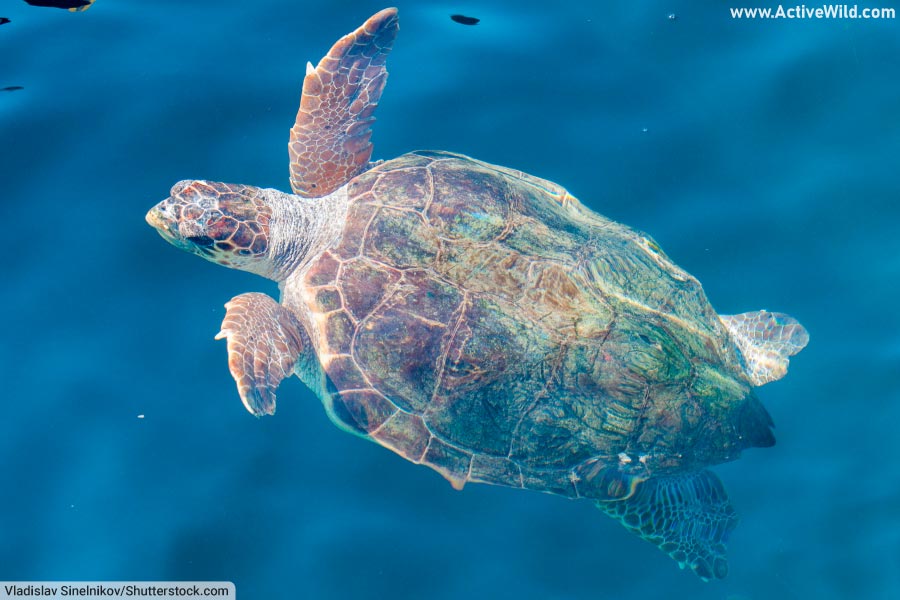

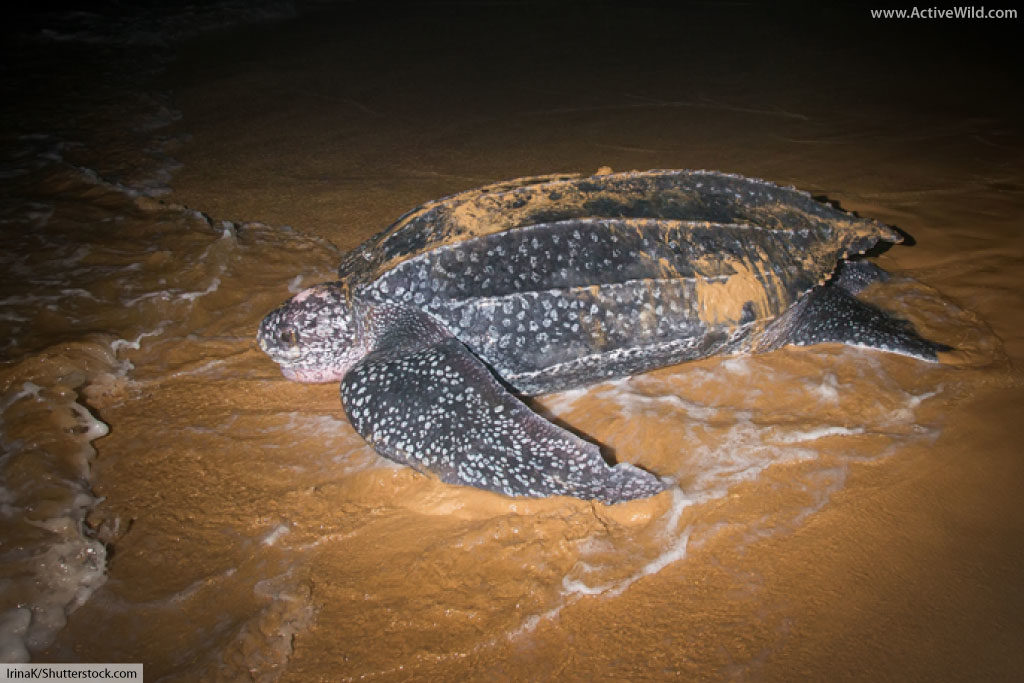
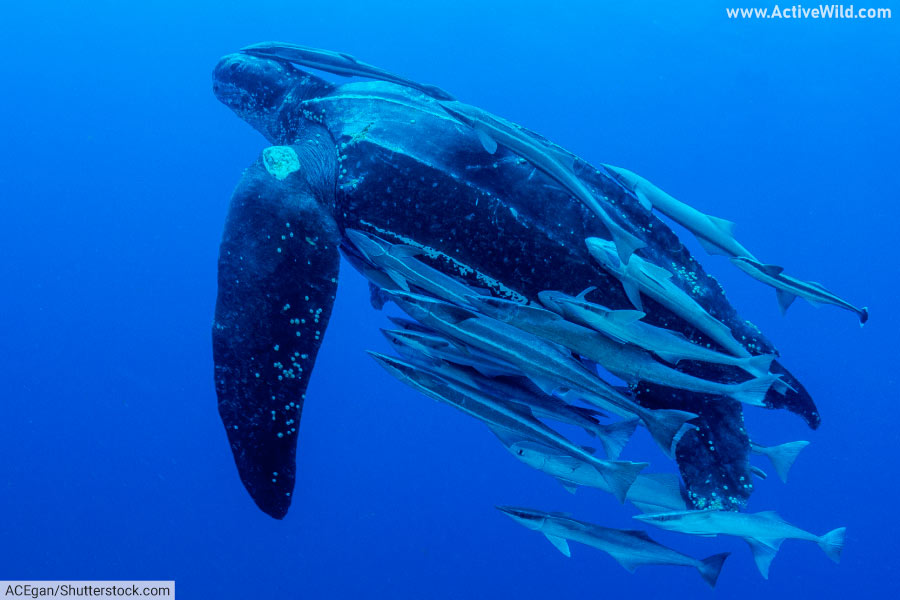
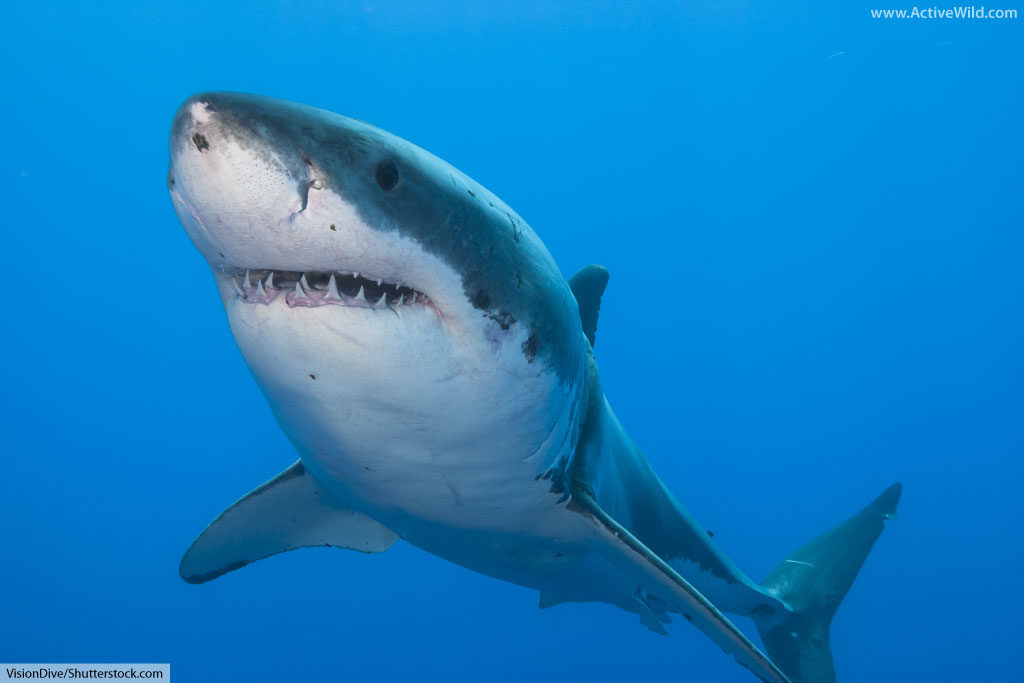
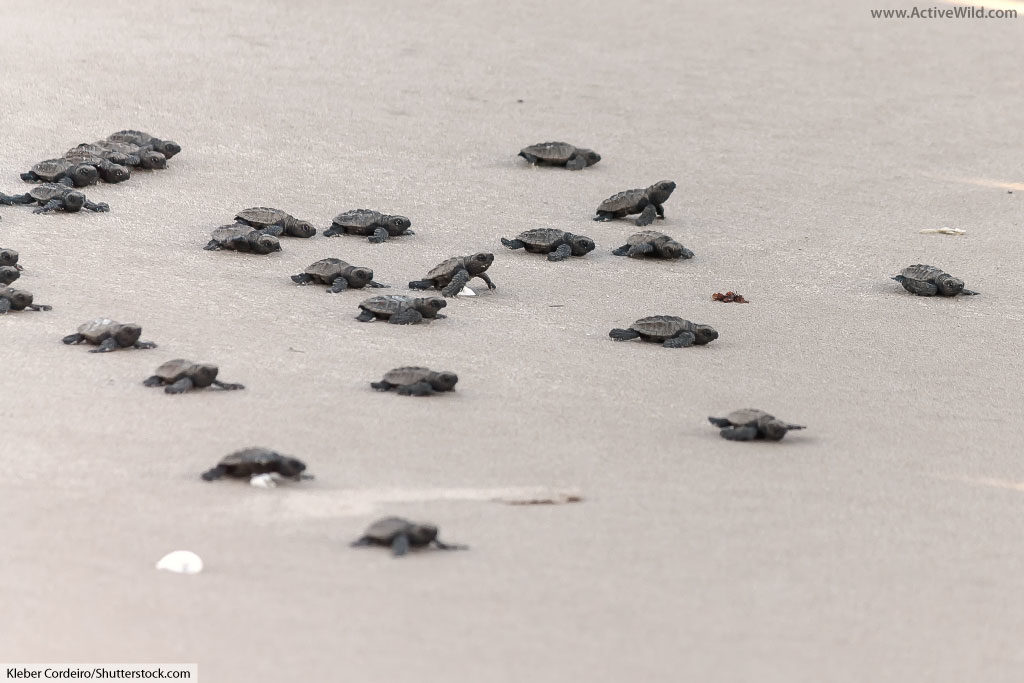
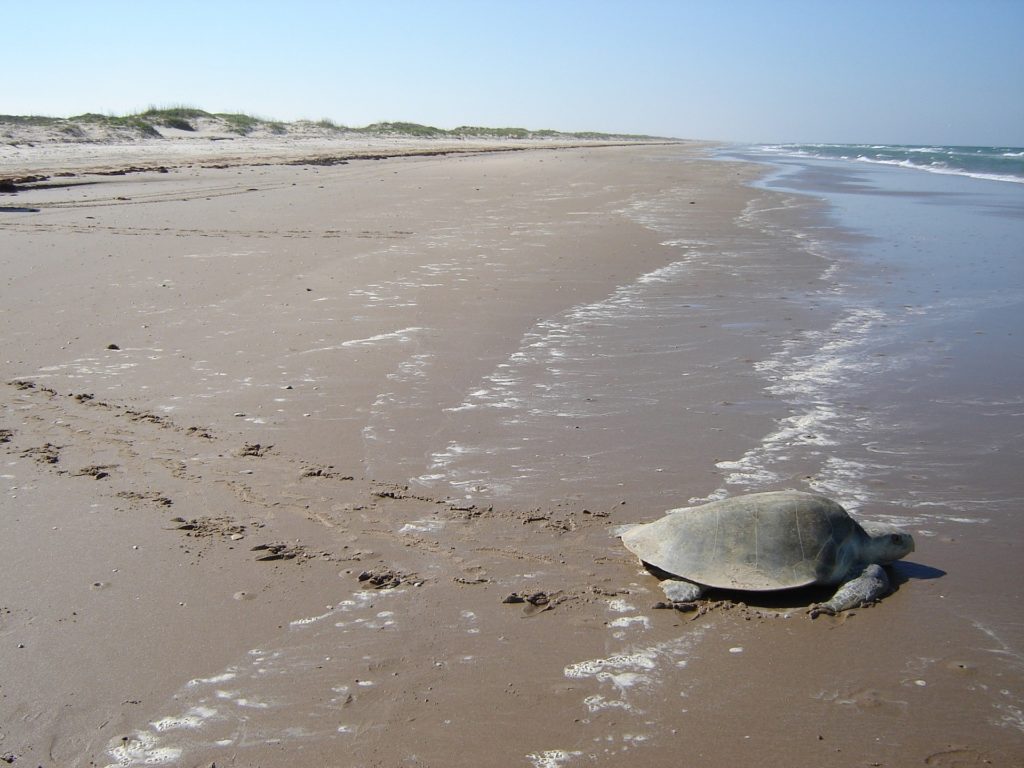

Thanks. That gave me all the answers for school work. One done 4 to go. ( Big fat Packets)
Excellent resource for my unit on sea turtles! Thank you so much! I loved how it gave an overview of all sea turtles and then you could clink an individual type of sea turtle to become linked with even more information on just that type! Using all of this information to teach my middle school special needs students about sea turtles!
Hi Jennifer,
Thank you for your comment, it’s great to hear that you and your students are finding the page useful!
Regards,
The Active Wild Team